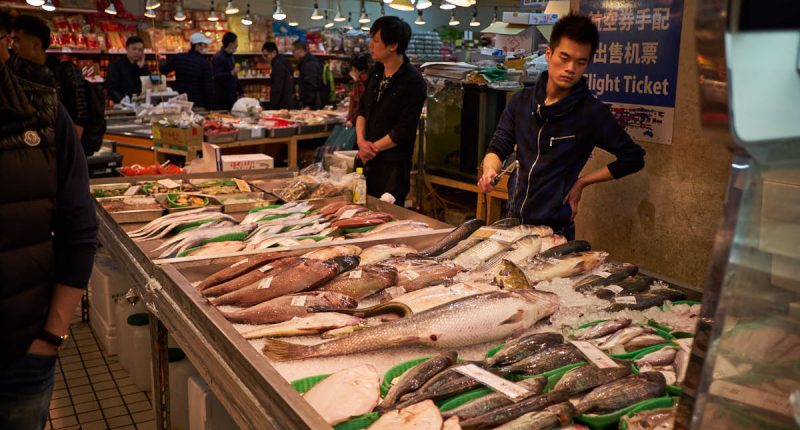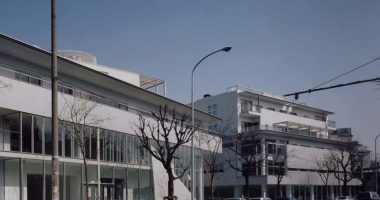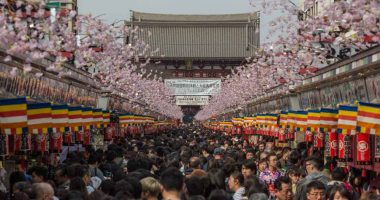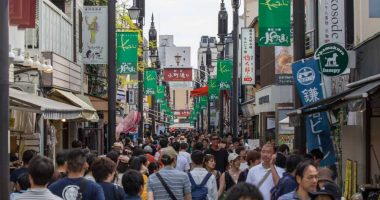The Ameyoko Center Building lies at the north end of Ameyoko, close to the intersection of the Ameyoko and Uechun streets. The basement of the building contains a multitude of Asian stores and is one of the best places in Tokyo to find Chinese and Southeast Asian cooking ingredients. Indeed, the majority of the customers are Asians living in Tokyo, but even for tourists it is well worth a quick glimpse—if only to see the range of foods on offer.
For those living in Tokyo—or indeed anyone wanting to cook authentic Asian food—Ameyoko Building is indispensable. Supermarkets in Japan rarely stock ingredients such as fresh lemongrass or shrimp paste, and because of a general lack of demand purchasing online always seems to demand a premium. The stores also stock a limited number of other non-food daily products (e.g. shampoo, toothpaste) from brands that cannot be purchased in Japan. But Ameyoko Center Building isn’t only good for the more obscure ingredients: whole and ground spices, herbs, seafood are all significantly cheaper than in the supermarkets (where else can you get 1kg of garlic for 600 yen?).
Visitors to the area could easily miss this hidden gem. The entrance hardly noticeable from the street, and it’s only once you walk through the narrow entrance to the building that you see the stairs leading downwards to the basement.





